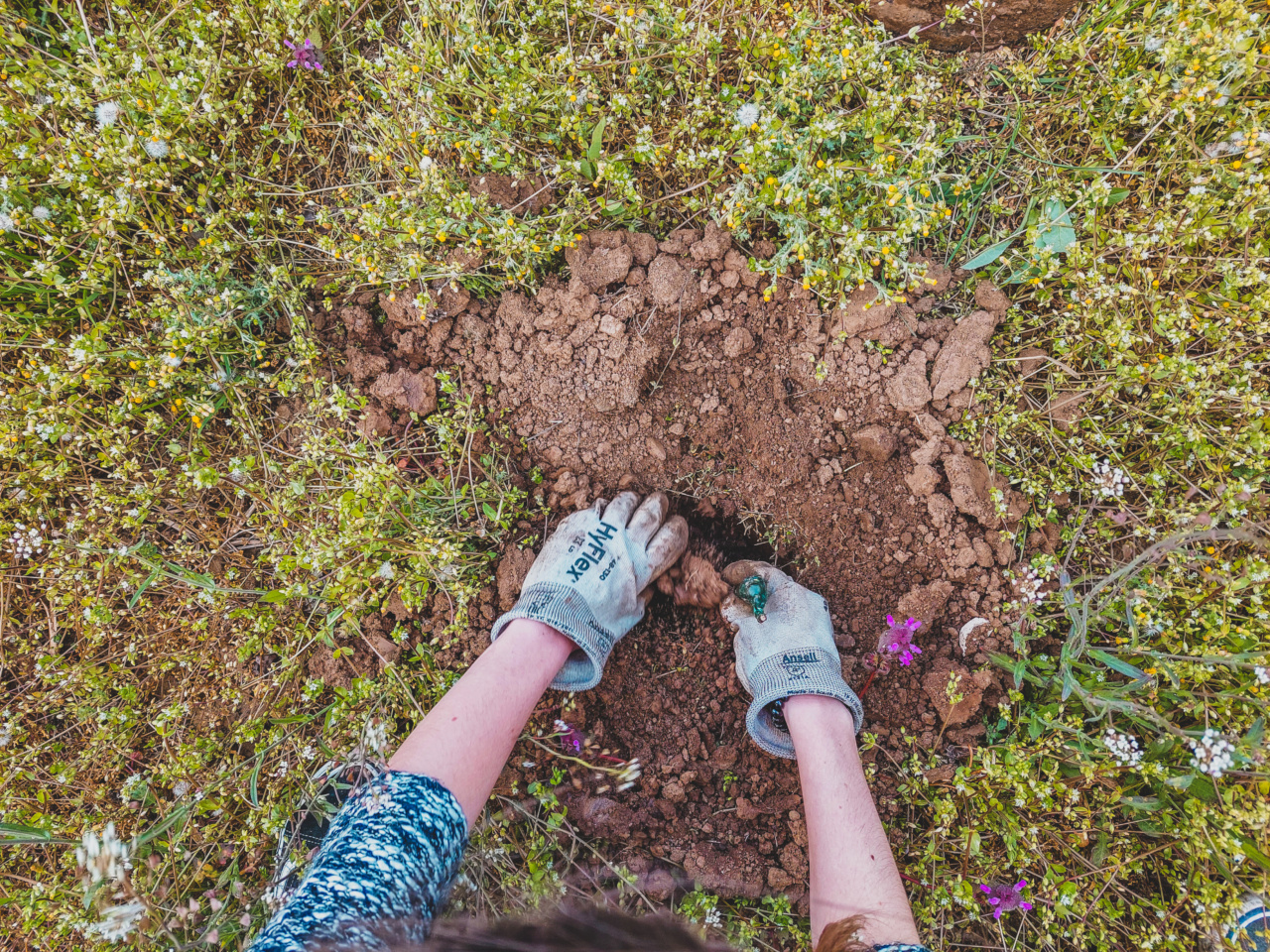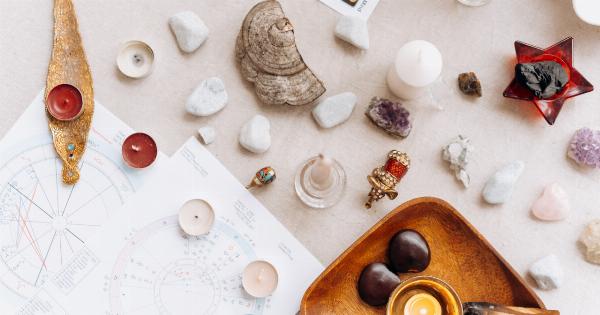Your hair is an important part of your overall appearance and plays a significant role in boosting your confidence. Unfortunately, many people unknowingly engage in everyday habits that can cause serious damage to their hair.
From using excessive heat to neglecting proper care, these practices can leave your hair dull, brittle, and prone to breakage.
If you’re concerned about the health of your hair, it’s essential to identify the damaging habits you may be practicing. By making small changes to your hair care routine, you can repair and restore your locks to their former glory.
In this article, we will explore the top 30 ways you’re damaging your hair and provide you with effective solutions on how to repair it.
1. Excessive Heat Styling
Using hot styling tools like flat irons, curling wands, and blow dryers can lead to significant damage. The high temperatures strip away the hair’s natural moisture, making it dry, brittle, and prone to breakage.
To repair your hair, reduce heat styling to a minimum. When using hot tools, always apply a heat protectant spray and choose lower heat settings.
2. Overwashing
Washing your hair every day can strip away its natural oils, leaving it dry and easily damaged. Allow your scalp to produce its natural oils by washing your hair every other day or two.
If you struggle with oily hair, try using dry shampoo in between washes to freshen up. Additionally, opt for sulfate-free shampoos that are gentler on your hair and scalp.
3. Rough Towel Drying
Vigorously rubbing your hair with a towel can cause friction and breakage. Instead, gently squeeze out excess water and pat your hair dry with a soft microfiber towel. These towels are more absorbent and help prevent damage by reducing friction.
4. Neglecting Regular Trims
Avoiding regular trims can lead to split ends, which can travel up the hair shaft and cause further damage. Schedule regular haircuts every six to eight weeks to keep split ends at bay and promote healthy hair growth.
5. Using Harsh Hair Products
Many hair products, such as shampoos, conditioners, and styling products, contain harsh chemicals that strip away moisture and damage the hair. Look for products that are free from sulfates, parabens, and alcohol.
Opt for natural or organic alternatives that nourish and protect your hair.
6. Brushing Wet Hair
Wet hair is more fragile and susceptible to breakage. When your hair is wet, use a wide-toothed comb or a brush specifically designed for wet hair to minimize damage. Start from the ends and work your way up to detangle gently.
7. Tight Hairstyles
Ponytails, buns, and braids might look stylish, but excessively tight hairstyles can lead to hair breakage and traction alopecia. Give your hair a break from tight hairstyles and opt for looser, more gentle alternatives.
8. Ignoring UV Protection
Just like your skin, your hair can also suffer from the damaging effects of the sun’s UV rays. Prolonged exposure to the sun can lead to dryness, color fading, and weakened hair structure.
Protect your hair by wearing hats or scarves, using hair products with UV filters, or simply seeking shade when the sun is at its peak.
9. Using Incorrect Hair Accessories
Using the wrong type of hair ties or accessories can cause breakage and damage. Avoid using elastic bands with metal clasps or tight headbands that pull on your hair. Opt for hair-friendly accessories like scrunchies or silk hair ties.
10. Neglecting Scalp Care
Many people focus solely on their hair and forget about the health of their scalp. A healthy scalp is crucial for promoting hair growth and preventing dandruff.
Incorporate scalp exfoliation and massaging into your hair care routine to stimulate blood flow and remove dead skin cells.
11. Skipping Heat Protection Products
Before applying any heat to your hair, it’s essential to use a heat protectant spray or serum. These products create a barrier between your hair and the heat source, reducing the risk of heat damage.
Apply the product evenly throughout your hair to ensure maximum protection.
12. Overusing Hair Color and Chemical Treatments
Repeatedly coloring your hair or subjecting it to chemical treatments can lead to severe damage. Chemicals found in dyes and treatments can weaken the hair shaft and make it more prone to breakage.
Space out your color or chemical treatments and use deep conditioning masks to nourish and repair your hair afterward.
13. Using Hot Water for Hair Wash
Hot water strips away the natural oils from your hair, leaving it dry and frizzy. Opt for lukewarm or cool water when washing your hair to retain moisture and keep your locks looking healthy and shiny.
14. Overshampooing the Ends
When washing your hair, focus on the scalp rather than the ends. The natural oils produced by your scalp nourish the hair shaft, whereas the ends are more prone to dryness.
By concentrating the shampoo on your scalp, you avoid drying out the ends unnecessarily.
15. Using Excessive Force When Brushing
Aggressively brushing your hair can lead to excessive pulling and breakage. Use a brush with soft bristles or a wide-toothed comb and start detangling from the ends, working your way up to avoid damaging tangles.
16. Neglecting Deep Conditioning Treatments
Regular deep conditioning treatments are essential for repairing and hydrating damaged hair. Look for deep conditioning masks or treatments containing ingredients like argan oil, shea butter, or keratin.
Apply these treatments once a week, focusing on the mid-lengths to ends of your hair.
17. Ignoring the Benefits of Oils
Natural oils, such as coconut oil, argan oil, and jojoba oil, can work wonders for damaged hair. These oils penetrate the hair shaft, providing nourishment, hydration, and protection.
Apply a small amount of oil to the ends of your hair or use it as an overnight treatment for intense repair.
18. Pulling Out Snags with Your Fingers
Tugging and pulling out knots or snags with your fingers can cause breakage and damage. Use a wide-toothed comb or detangling brush to gently remove tangles without causing unnecessary stress to your hair.
19. Not Protecting Hair While Swimming
Chlorine and saltwater can be incredibly damaging to your hair. Before swimming, wet your hair with clean water and apply a leave-in conditioner or hair oil to create a protective barrier.
Additionally, wearing a swim cap can greatly reduce the amount of water and chemicals your hair is exposed to.
20. Stress and Poor Diet
Your hair reflects your overall health and wellbeing. Chronic stress and a poor diet can lead to dull, weak, and brittle hair.
Practice stress management techniques and ensure you’re eating a balanced diet rich in vitamins, minerals, and protein to promote healthy hair growth.
21. Using the Wrong Brush
Choosing the right brush for your hair type is crucial to prevent damage. Dense bristle brushes may be too harsh for fine hair, while a brush with softer bristles might not be effective for detangling thick, coarse hair.
Consult with your hairstylist to find the best brush suited for your hair.
22. Using Dirty Hair Tools
Over time, hair tools accumulate product buildup and debris, which can transfer to your hair and cause damage. Clean your brushes, combs, and styling tools regularly to keep them free from buildup and maintain good hair hygiene.
23. Ignoring the Importance of a Healthy Diet
What you eat directly impacts the health of your hair. A well-balanced diet rich in fruits, vegetables, lean protein, and healthy fats provides the necessary nutrients to promote hair health and growth.
Ensure you’re consuming enough biotin, vitamin E, iron, and omega-3 fatty acids for optimal hair health.
24. Using a Regular Towel as a Pillowcase
If you tie your hair up with a regular towel while sleeping, it can lead to breakage. The rough texture of the towel rubbing against your hair can cause friction and damage.
Invest in a satin or silk pillowcase to prevent hair breakage and preserve your hairstyle overnight.
25. Overusing Dry Shampoo
Dry shampoo is a convenient product for refreshing greasy hair. However, using it too frequently can cause product buildup, clog hair follicles, and lead to scalp irritation.
Limit the use of dry shampoo to a few times a week and make sure to thoroughly wash and cleanse your hair regularly.
26. Excessive Hair Coloring
While a new hair color can be exciting, excessive hair coloring can be detrimental to your hair’s health. Frequent dyeing weakens the hair shaft and strips away its natural moisture.
Limit hair coloring to every few months and opt for treatments that are less damaging, such as highlights or balayage.
27. Using Alcohol-Based Styling Products
Hair sprays, gels, and mousses containing high levels of alcohol can be extremely drying to your hair. Look for alcohol-free alternatives that provide hold and style without causing damage or dryness.
28. Overusing Heat Tools on Already Damaged Hair
If your hair is already damaged, excessive heat styling will only worsen the condition. Give your hair a break from heat tools and focus on repairing it through deep conditioning treatments and nourishing hair masks.
29. Ignoring Allergic Reactions
Skin allergies and sensitivities can cause scalp irritation, itching, and hair loss. Pay attention to any signs of an allergic reaction to hair products and discontinue their use immediately.
Consult a dermatologist or allergist if you experience persistent symptoms.
30. Overwashing Your Hair Extensions
If you wear hair extensions, overwashing can strip away their natural shine and moisture. Follow the care instructions provided by the manufacturer to ensure your extensions remain in the best possible condition.
Be gentle when washing and styling to avoid unnecessary damage.





























